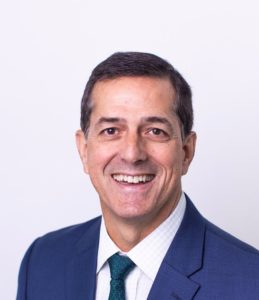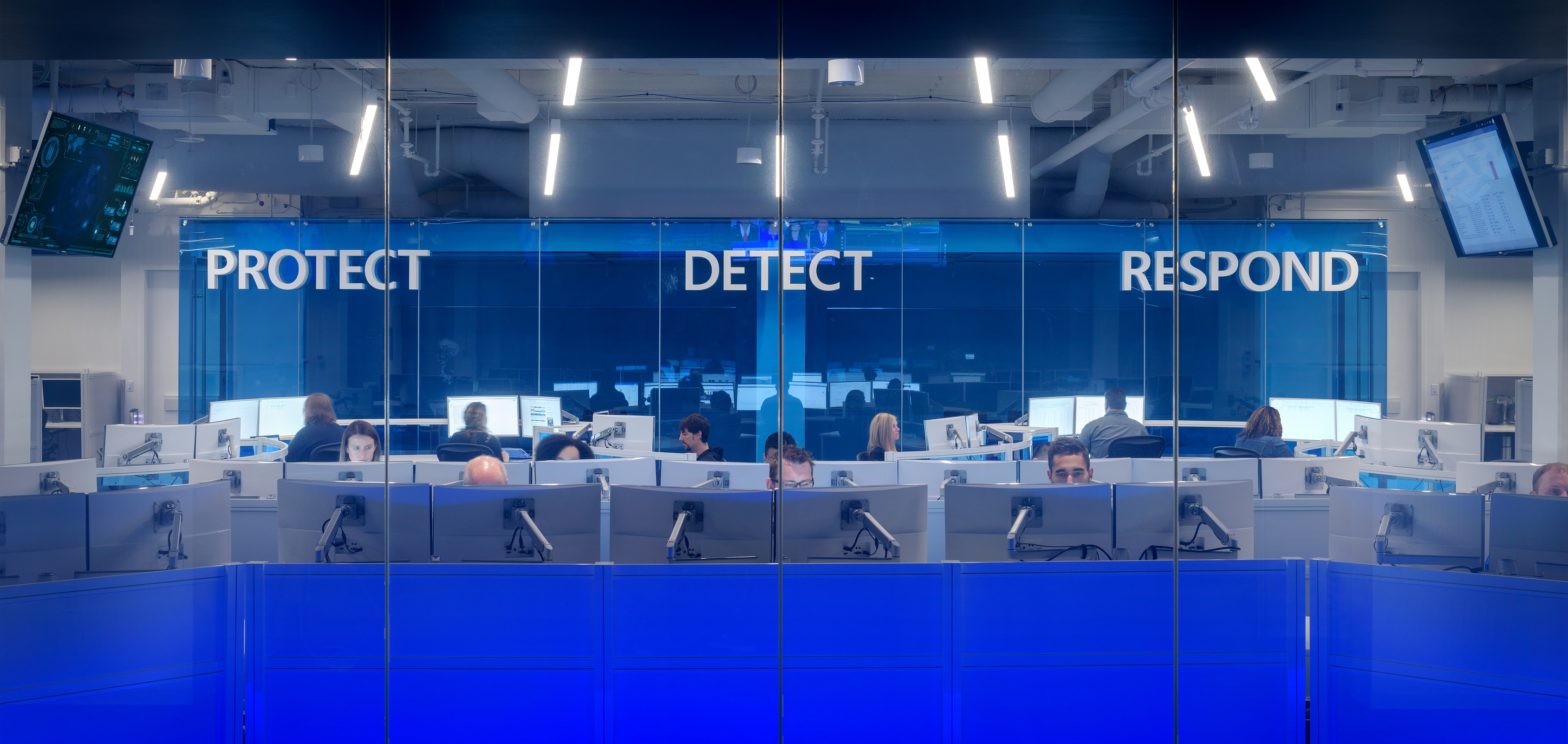
Photo: Headway on Unsplash
Cities are tapping new tools for workforce resilience
08 March 2022
Cities Today talks to Ernie Fernandez, recently appointed as Vice President for State and Local Government at Microsoft, about his vision for the role.
US cities face a perfect storm when it comes to attracting and retaining the staff that they need to drive pandemic recovery and much-needed innovation projects.
“Governments are struggling to recruit and retain skilled workers during a time of dramatic change in the US workforce,” says Ernie Fernandez, Vice President for State and Local Government at Microsoft. “They also need to close skill gaps brought about by changing needs and the emergence of converging technologies spurred by the digital revolution.”

Workforce development was one of the key priorities identified by Fernandez, following a recent ‘listening tour’ to find out what is top of mind for mayors and IT leaders. Fernandez joined Microsoft in October from the University of Miami where he was Chief Information Officer.
Recent research from non-profit Mission Square Research Institute found that following COVID-19, 52 percent of state and local public sector workers are considering quitting their jobs for different positions or to retire or otherwise leave the workforce.
Now is not a time for cities to lose ground on hard-won progress.
“The pandemic revealed the critical role technology played to enable continuous operation during a time of national crises,” Fernandez comments. “It accelerated ten years of digital transformation into one year and showed how digital technologies can solve big problems quickly.”
Talent strategy
One advantage cities have is that they can appeal to those who are keen to make a difference through their work. Local governments are increasingly deploying a range of tools at their disposal to identify the skills that are needed, attract new talent, and upskill staff.
Following the turbulence of the pandemic and related issues, Microsoft’s 2021 Government Workplace Learning Report found that more than focusing on any particular skill, government talent developers want their employees to embrace learning so that they can quickly adapt as needed.
To support them, Microsoft launched a range of training assets, including webinars, events and the Microsoft Learn for Government platform which includes resources related to artificial intelligence, cloud computing, data and more, as well as access to LinkedIn Learning content.
The State of Nebraska’s training and development team, for example, began sending out a daily newsletter composed of relevant blog posts and online courses that addressed issues employees were facing, written with a personal touch.
“Some cities and states are also being very clever about recruiting people to move back to the area,” says Fernandez. “They’re using LinkedIn data to identify the people that have graduated from universities in their state, and then they’re sending them marketing information on all the great reasons they should return. That’s an effective way to bring people back who could be potential workers in government and private industry.”
Flexible working can also help local governments be attractive as employers. Pre-pandemic, remote working was not an option that was widely available to city employees but the last two years have changed that – possibly for good.
“I think you’re going to see cities continue experimenting with hybrid work for some roles,” says Fernandez. “Many staff in cities worked remotely during the pandemic and showed they could be just as productive as if they were in the office.”
He adds: “Places that do adopt hybrid modes must make sure they’re training their managers to stay connected to their people so that they create the right kind of flexible work environment.”
Cybersecurity
Following the shift to hybrid work in both the public and private sectors, the attack surface for cyber threats has expanded, and malicious actors have been quick to exploit any vulnerabilities. Bolstering cybersecurity skills and other protections is a priority for local governments.
A recent Microsoft Digital Defense Report found that nearly 50 percent of nation-state attacks are targeted at governments, and notes that nation-state actors are well-funded and employ advanced and increasingly sophisticated techniques. Ransomware attacks against local governments have continued to surge.
“The lesson from the report is that everyone, and especially governments, need to be more vigilant to protect against new and emerging cyber threats,” says Fernandez. “While this has been a top priority for CIOs and CISOs, elected officials are more attuned than ever to cyber-threats, and are looking for how they can advance cyber-readiness both for their governments and in their communities.”
In October, Microsoft launched a national campaign with US community colleges to help skill and recruit 250,000 people into the cybersecurity workforce by 2025, representing half of the country’s workforce shortage. While some of these individuals will work at Microsoft, the vast majority will work for tens of thousands of other employers across the country.
The recently passed US Infrastructure Investment and Jobs Act also creates new opportunities for cities to strengthen cybersecurity.
“We are working closely with partners to make sure that we are helping cities maximise the funding that’s coming,” says Fernandez.
One priority is updating and documenting their cybersecurity plans, which is a requirement for receipt of some of the federal grant money.
“Beyond that, there are many technologies that are readily available that can help cities be more resilient to cyber-attacks,” Fernandez says, highlighting examples such as tools to enable multi-factor authentication and to apply zero trust principles across systems and networks.
As well as mitigating cyber-attacks, cities also need plans in place for multiple scenarios.
“Ransomware is one of the biggest threats that we’ve seen in the last 18 months and having a very robust set of back-up solutions for your data and systems is an important step that cities are taking as well,” says Fernandez. “So, while the threats are certainly accelerating, we are seeing local governments step up to put in multiple defences to protect their cities and constituents.”
Infrastructure investment
Additional priorities which came to the forefront during Fernandez’s meetings with city leaders include how governments can use new funding to improve physical infrastructure while also reducing carbon emissions, and accelerating digital transformation – from closing broadband coverage gaps and increasing digital equity, to improving the constituent experience by embracing mobile-first applications.
Forward-thinking cities are also ensuring that they are making smart infrastructure investments, which use advanced digital technologies to improve outcomes while reducing costs over the long term. Smart infrastructure collects real-time information using sensors, cameras, and connected devices and feeds it to artificial intelligence algorithms to provide benefits such as improved safety, reduced emissions, and lower operating costs.
Fernandez says: “My aspiration is to bring all of Microsoft to help governments solve some of our country’s most pressing challenges by enabling modern digital government transformation with consumer-grade experiences that make it easier for citizens to interact with the government services they depend on. We do it by attracting the best people and partners, and staying focused on outcomes that matter to governments.”



